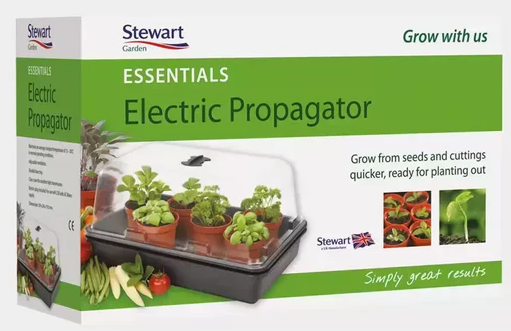When it comes to mushroom cultivation, there’s always one fungus that loves to crash the party: Trichoderma. This little green guy might seem innocent enough, but trust us, it’s a real fungitator. In this post, we’re going to explore why Trichoderma is the mushroom grower’s arch-nemesis, and what you can do to keep it in check.
The Bad
First off lets talk about why Trichoderma is such a bummer in the mushroom growing world. It’s a fungus that’s known to colonise the mushroom spawn and substrate, which might sound sweet on paper, but in reality it can lead to a decrease in mushroom yields. Trichoderma produces enzymes that break down the cellulose in the mushroom substrate which leads to a decrease in the amount of available nutrients for the mushroom mycelium. In other words, the more Trichoderma, the less mushrooms. Also, high populations of Trichoderma can lead to more disease-causing pathogens, and nobody likes a fungus that invites its friends over without asking!! Trichoderma spores are all around us and are harmless in the most part. In fact, some substrates such as garden compost actually add Trichoderma into it! That’s why it is important to make sure you are using the correct substrate.
The Fungi
So, now that you know why Trichoderma is the ultimate party crasher its time to talk about how to keep it at bay. The key is sanitation, sanitation, sanitation! Regularly cleaning and sterilising the growing area, using pasteurised substrate, and avoiding contamination from outdoor sources can go a long way in preventing a Trichoderma outbreak. Another tip is to use Trichoderma resistant mushroom strains, those are the ones that are not impressed by Trichoderma’s bad boy attitude!
One of the best ways to avoid contamination is to use a Flow Hood like the one we sell.







